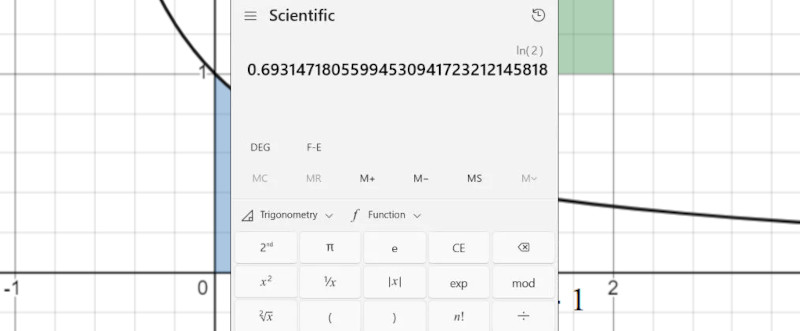Manually Computing Logarithms to Grok Calculators [Hackaday]

Logarithms are everywhere in mathematics and derived fields, but we rarely think about how trigonometric functions, exponentials, square roots and others are calculated after we punch the numbers into a calculator of some description and hit ‘calculate’. How do we even know that the answer which it returns is remotely correct? This was the basic question that [Zachary Chartrand] set out to answer for [3Blue1Brown]’s Summer of Math Exposition 3 (SoME-3). Inspired by learning to script Python, he dug into how such calculations are implemented by the scripting language, which naturally led to the standard C library. Here he found an interesting implementation for the natural algorithm and the way geometric series convergence is sped up.
The short answer is that fundamental properties of these series are used to decrease the number of terms and thus calculations required to get a result. One example provided in the article reduces the naïve approach from 36 terms down to 12 with some optimization, while the versions used in the standard C library are even more optimized. This not only reduces the time needed, but also the memory required, both of which makes many types of calculations more feasible on less powerful systems.
Even if most of us are probably more than happy to just keep mashing that ‘calculate’ button and (rightfully) assume that the answer is correct, such a glimpse at the internals of the calculations involved definitely provides a measure of confidence and understanding, if not the utmost appreciation for those who did the hard work to make all of this possible.

![manually-computing-logarithms-to-grok-calculators-[hackaday]](https://i0.wp.com/upmytech.com/wp-content/uploads/2024/07/198378-manually-computing-logarithms-to-grok-calculators-hackaday.jpg?resize=800%2C331&ssl=1)